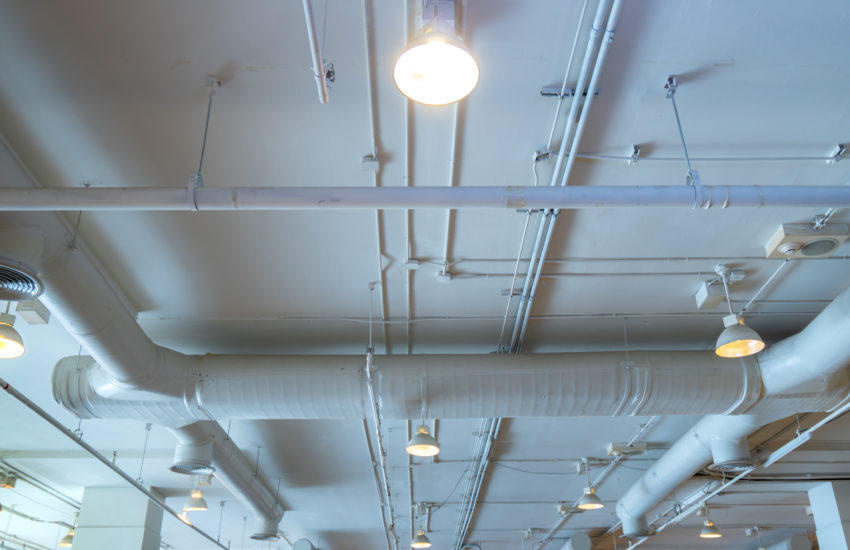It would be hard to imagine there is anyone in the country who is unaffected, let alone unaware, of the dramatic steps imposed by federal, state, and local governments to slow the spread of the COVID-19 virus. However, government restrictions prohibiting the operation of many “non-essential” businesses, bans against large gatherings, “stay at home orders,” and mandatory remote employment have a major impact beyond the obvious immediate economic hardships. They also have caused thousands of buildings and facilities to remain unoccupied or at best occupied at levels far below capacity. This means that potable water systems typically transporting millions of gallons of water daily within and among these buildings are now shut down as well; effectively creating giant “dead legs” of stagnant water sitting within piping and water tanks in closed down buildings around the country. As potable water sits stagnant, disinfectant levels dissipate, hot water cools down, cold water heats up and bacterial levels amplify. Foremost among these bacteria is Legionella, long known as the cause of Legionnaires’ disease.
Legionnaires’ disease is a serious type of pneumonia. It is contracted when susceptible individuals inhale water droplets or mist containing elevated levels of the Legionella bacteria. Those contracting the disease are susceptible due to age, some pre-existing condition or a compromised immune system. Smoking, obesity and diabetes are also risk factors. The death rate from Legionnaires’ disease is approximately 10 percent but approaches 25 percent in susceptible nosocomial settings. Those who survive the disease may have been comatose, intubated and may have sustained serious permanent injury such as partial paralysis, brain injury or amputated extremities following prolonged sepsis and organ failure. The CDC reported almost 10,000 cases in 2018. In August of 2019, the National Academies of Sciences, Engineering and Medicine (NASEM) published that it believes the real number approaches 70,000 cases per year in the United States. Not unexpectedly, personal injury lawsuits arising out of alleged Legionella exposure are skyrocketing.
Legionella bacteria are waterborne and commonly found in natural water bodies, including lakes, rivers, and streams. They are even present at low levels in chlorinated municipal water systems. In most circumstances, this pathogen exists at such low concentrations it will not cause disease. However, certain conditions, including stagnation, low disinfectant levels, and water temperatures ranging from 90 to 115 degrees Fahrenheit, allow non-detectable background levels of the bacteria to rapidly amplify to levels that constitute an imminent health risk. Even at high concentrations, Legionella does not pose a risk to human health unless it is aerosolized in water droplets fine enough to be inhaled into the deep regions of the lung where it gains an infectious foothold.
The country is now entering its second month of shutdowns. Concert and sporting venues have been empty, along with health clubs, hotels, office buildings and restaurants. Legionella bacteria can amplify to dangerous levels within days, if not hours, if incubating within stagnant piping at optimum temperatures. Without question, many of these idle water systems are amplifying and harboring dangerous concentrations of legionella already. As the COVID-19 pandemic wanes and restrictions lift, there will no doubt be an understandable rush to open all of the venues, restaurants and buildings. Before this occurs, all building owners and managers should consult the appropriate with water management professionals and review guidance from Public Health Organizations like the CDC to insure that no system goes back on line without proper examination, flushing, and disinfection.

